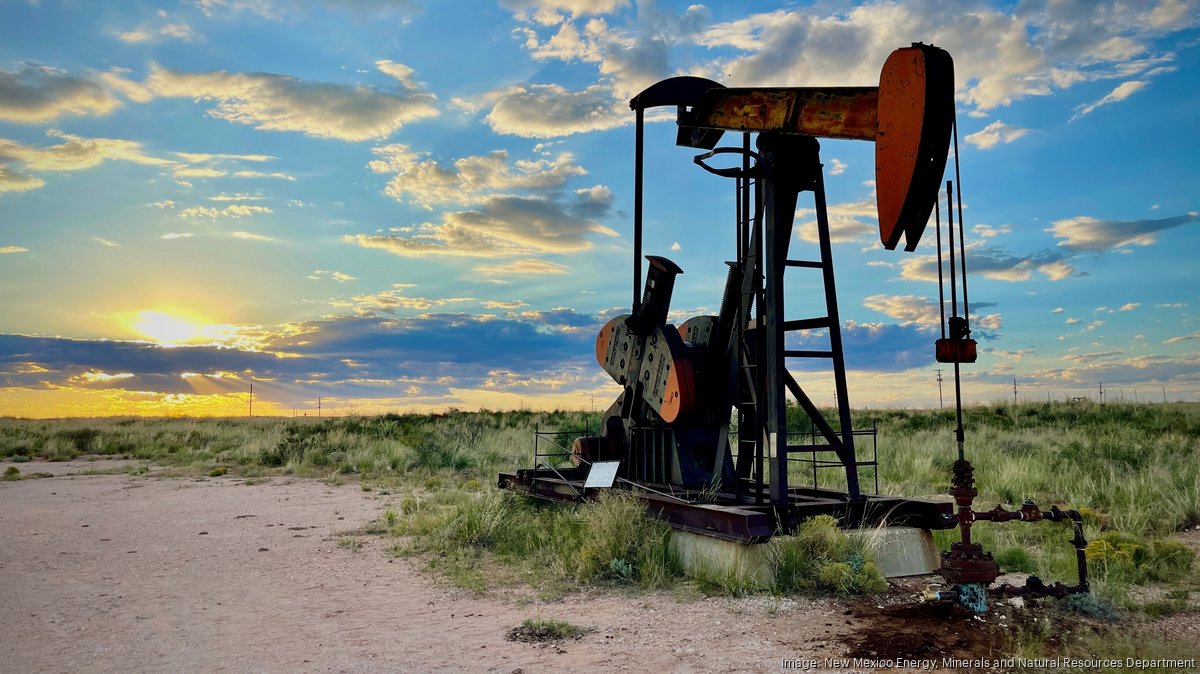New Mexico
Louisiana Tech visits New Mexico after Ree’s 21-point showing
Louisiana Tech Bulldogs (5-1) at New Mexico Lobos (5-1)
Albuquerque, New Mexico; Wednesday, 9 p.m. EST
BOTTOM LINE: Louisiana Tech faces the New Mexico Lobos after Devin Ree scored 21 points in Louisiana Tech’s 105-65 win over the Dillard Bleu Devils.
The Lobos are 2-0 in home games. New Mexico is third in the MWC in rebounding averaging 36.5 rebounds. JT Toppin paces the Lobos with 8.3 boards.
The Bulldogs are 1-1 on the road. Louisiana Tech ranks second in the CUSA shooting 36.3% from 3-point range.
New Mexico averages 84.0 points, 22.8 more per game than the 61.2 Louisiana Tech allows. Louisiana Tech averages 8.8 made 3-pointers per game this season, 1.6 more made shots on average than the 7.2 per game New Mexico gives up.
TOP PERFORMERS: Donovan Dent is shooting 55.7% and averaging 18.5 points for the Lobos. Jamal Mashburn Jr. is averaging 1.6 made 3-pointers for New Mexico.
Isaiah Crawford is averaging 14.2 points and 2.3 steals for the Bulldogs. Jaylin Henderson is averaging 12.3 points for Louisiana Tech.
___
The Associated Press created this story using technology provided by Data Skrive and data from Sportradar.

New Mexico
Footprints discovered in New Mexico rewrite American history

Archaeologists have made a staggering discovery about American history and it’s all thanks to some footprints.
The human tracks, unearthed in White Sands National Park, New Mexico, are the oldest ever to be found on the continent.
Scientists previously estimated their age as between 11,500 and 13,000 years, but new analysis has found out that the most ancient of them is, in fact, 23,000 years old.
This means that humans lived in North America at least 10,000 years earlier than experts had thought. And, indeed, experts say, it’s possible that they arrived earlier still: towards the end of the last ice age, more than 32,000 years ago.
“The site in New Mexico has rewritten history books,” Sally Reynolds, principal academic in paleoecology at Bournemouth University, said in a statement.
“These footprints provide a valuable window into the lives our ancestors lived and how much they were like us,” she added, explaining that they revealed “wonderful examples of human activity” and the way that humans “interacted with one another, with the landscape, and with the animal life there”.
The footprints are the earliest known evidence of humans in North America(NPS, USGS and Bournemouth University)
Indeed, it’s not just the age of these prints that makes them so remarkable, it’s the fact that they offer an unprecedented snapshot of life at the time.
From children jumping and splashing in puddles to a group of hunters stalking a giant sloth, the 23,000-year-old tracks pull back the curtain on our Pleistocene past.
They were made by people walking on damp ground at the edge of a now-dry lake and whilst some are visible to the naked eye today, others can only be identified using ground-penetrating radar.
Matthew Bennett, also of Bournemouth University and lead author of two scientific papers about the footprints told Smithsonian Magazine that he knew of older human tracks in Africa and older human tracks in Africa and other parts of the world, but none, he insisted, “tell such a vivid, relatable story”.
His first paper, published in the journal Science in 2021, detailed how the footprints captured a perilous journey undertaken by what appears to be a small woman or adolescent girl, carrying a child on her hip, walking fast across the muddy lakeshore.
“There were hungry predators around, including dire wolves and sabre-toothed cats,” Bennett told the Smithsonian.
“We can see where she slipped in the mud at certain points […] We can also see the child’s footprints where she set it down, presumably because she was tired and needed a rest.”
Based on the size of the footprints, the child seemed to be less than three years old and didn’t accompany their older female companion on the return journey.
This begs the question as to what happened to the child. Did the woman drop them off in a camp? And why were they walking among dangerous animals on the slippery lakeshore?
“There’s no way of knowing,” Bennett admitted. “But if you’ve ever rushed to get somewhere important while carrying a tired toddler, you’ve experienced a very similar emotion”– even if you weren’t looking over your shoulder for sabre-toothed cats.
 The prints were found at White Sands National Park in New Mexico, which was once home to a large lake(NPS)
The prints were found at White Sands National Park in New Mexico, which was once home to a large lake(NPS)
“The footprints left at White Sands give a picture of what was taking place, teenagers interacting with younger children and adults,” Bennett said in a separate statement.
“We can think of our ancestors as quite functional, hunting, and surviving, but what we see here is also activity of play, and of different ages coming together. A true insight into these early people.”
The Bournemouth University scientist also stressed that although the footprints provide exciting glimpses into what life was like in North America 23,000 years ago, he and his team now want to find out how humans got there in the first place.
“We need lots more sites to make sense of where they came from and by what route,” Bennett told the Smithsonian.
“The lasting legacy of White Sands is to point the way to a new archive of evidence.”
Sign up for our free Indy100 weekly newsletter
How to join the indy100’s free WhatsApp channel
Have your say in our news democracy. Click the upvote icon at the top of the page to help raise this article through the indy100 rankings
New Mexico
New Mexico cannabis industry braces for federal rescheduling

ALBUQUERQUE, N.M. – In a historic announcement, President Joe Biden says it is time for the feds to rethink how dangerous marijuana really is. His administration is downgrading cannabis in its drug classification.
It’s a monumental decision that will impact many areas of the legal marijuana industry, including in New Mexico.
“It’s a historic, monumental policy shift and how the federal government treats cannabis. But it’s kind of bittersweet, too, it doesn’t go far enough,” said Ben Lewinger, executive director of the New Mexico Cannabis Chamber of Commerce.
Lewinger says it’s about time the feds catch up with the American people.
“We know that most Americans today want cannabis to be legal, to be regulated, similar to alcohol or tobacco,” said Lewinger.
He says Biden’s plan to reschedule marijuana isn’t doing that.
“It’s kind of a giveaway to the Big Pharma,” Lewinger said.
Marijuana, or cannabis, is currently a Schedule 1 drug. It’s considered the worst of the worst, alongside other drugs like heroin.
The Biden administration wants to reclassify it as a Schedule 3 drug, meaning it’s still concerning, but there are some recognizable medical benefits.
“Schedule 3 includes pharmaceuticals, like Klonopin, like Tylenol with codeine, so still highly regulated pharmaceutical products. We do know that there will be immediate relief in the form of cannabis businesses not having to deal with 280E, which is an IRS tax code that applies only to Schedule 1 substances. What we don’t know is whether or not being regulated by the FDA and the DEA would incur additional costs,” said Lewinger.
Lewinger admits this is uncharted territory for the cannabis industry. A spokesperson with the Cannabis Control Division says they are just beginning to digest the draft rule, and figuring out how this will impact New Mexico’s cannabis industry.
But Lewinger says there are clues about what happens to Schedule 3 drugs.
“It presents a pharmaceutical model for states that have legalized cannabis,” Lewinger said. “I think that having to have a prescription for cannabis may not be off the table. I think that there’s going to be lots of companies rushing to develop IP to get trademarks on different cannabinoids.”
He predicts the change could also allow New Mexico to export cannabis products, potentially providing another boost to the booming industry.
“It’s a really exciting time for our industry in New Mexico right now,” said Lewinger.
Recreational sales topped $38 million last month, just shy of a record $39 million the month before.
Lewinger says the rescheduling process could take years to complete, so don’t expect any noticeable industry changes anytime soon. He says don’t expect any more major shifts for a while.
“My feeling is that shifting from Schedule 1 to Schedule 3 is actually going to put off real descheduling for another decade or even longer,” said Lewinger.
New Mexico
State energy department lands $25M federal grant for well plugging program

-

 News1 week ago
News1 week agoSkeletal remains found almost 40 years ago identified as woman who disappeared in 1968
-

 World1 week ago
World1 week agoIndia Lok Sabha election 2024 Phase 4: Who votes and what’s at stake?
-

 Movie Reviews1 week ago
Movie Reviews1 week ago“Kingdom of the Planet of the Apes”: Disney's New Kingdom is Far From Magical (Movie Review)
-

 World1 week ago
World1 week agoUkraine’s military chief admits ‘difficult situation’ in Kharkiv region
-

 Politics1 week ago
Politics1 week agoTales from the trail: The blue states Trump eyes to turn red in November
-

 World1 week ago
World1 week agoBorrell: Spain, Ireland and others could recognise Palestine on 21 May
-

 World1 week ago
World1 week agoCatalans vote in crucial regional election for the separatist movement
-

 Politics1 week ago
Politics1 week agoNorth Dakota gov, former presidential candidate Doug Burgum front and center at Trump New Jersey rally



















